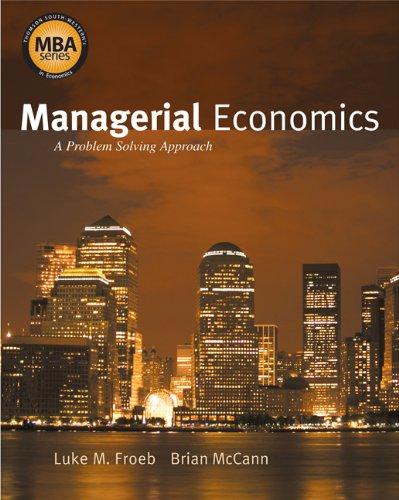Answered step by step
Verified Expert Solution
Question
1 Approved Answer
Every now and then even a good diamond cutter has a problem and the diamond breaks. For one?cutter, the rate of breaks is 0.2?%. ?(a)
Every now and then even a good diamond cutter has a problem and the diamond breaks. For one?cutter, the rate of breaks is 0.2?%.
?(a) What probability model seems well suited to this?problem? Why?
?(b) If this cutter works on 67 ?stones, what is the probability that he breaks 2 or?more?

Step by Step Solution
There are 3 Steps involved in it
Step: 1

Get Instant Access to Expert-Tailored Solutions
See step-by-step solutions with expert insights and AI powered tools for academic success
Step: 2

Step: 3

Ace Your Homework with AI
Get the answers you need in no time with our AI-driven, step-by-step assistance
Get Started


